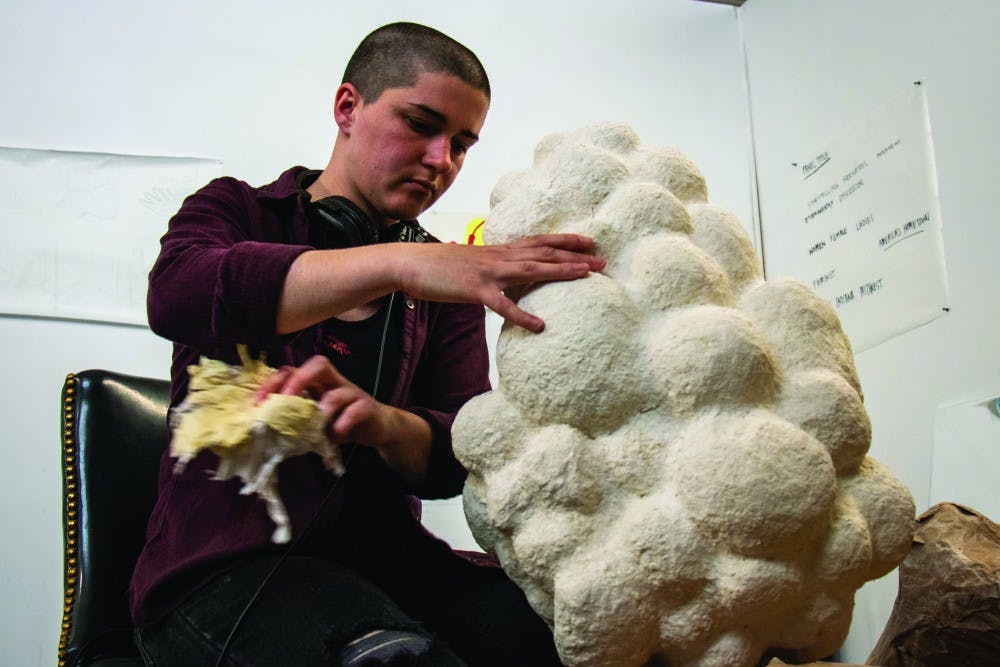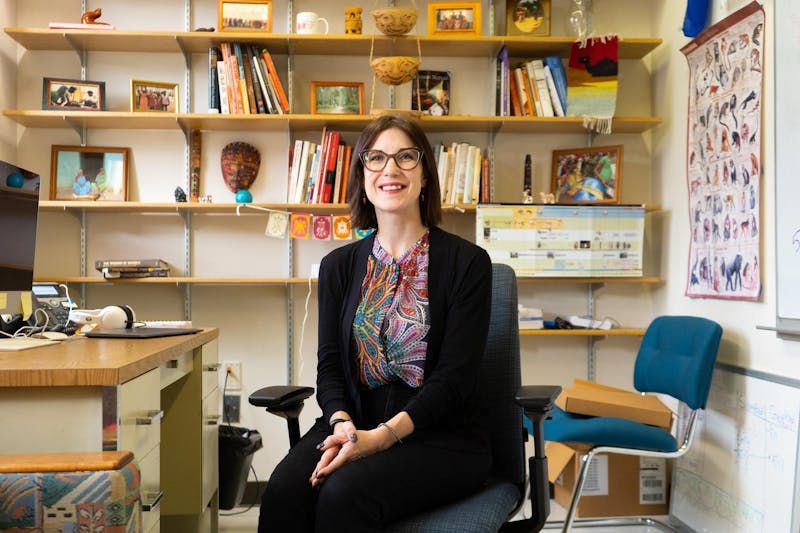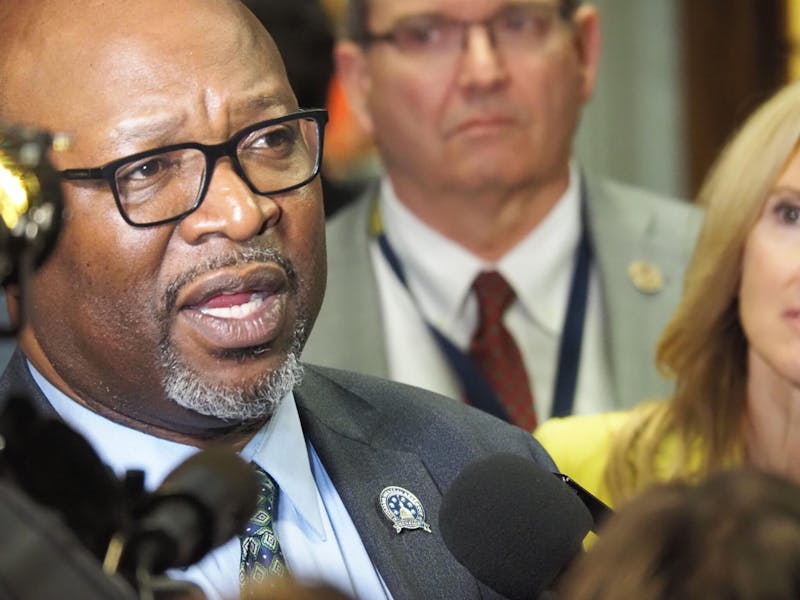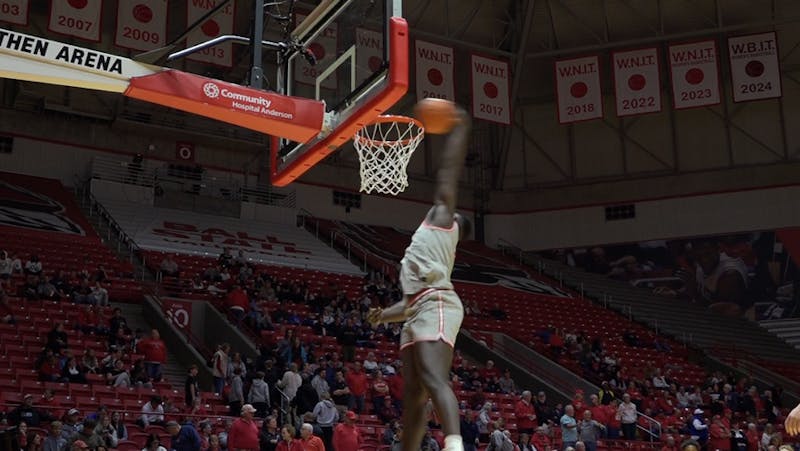While the word “ply” typically relates to things like ply-wood and two-ply toilet paper, in the Muncie community, it’s associated with an organization — PlySpace.
Braydee Euliss, the executive director for Muncie Arts and Culture Council, said “PlySpace” has a double meaning for the program.
“A lesser known understanding and meaning of the word [ply] is to transport something to and from a place,” Eullis said. “So that was already built into the dialogue of the program, and it served as an exchange of ideas, an exchange of skill set.
“It represents and outside artist coming in, spending time in our community and taking from the community, as well as our community taking things away from them.”
In 2017, Euliss realized the community was interested in supporting local artists and creative opportunities. Eventually, PlySpace was created to further that mission.
The organization offers a residency program for artists, where they receive two $500 stipends — one for food and one for travel — and a place to fuel their creativity.
“I think the community as a whole is passionate in supporting in itself, and each other, and their people. It’s supporting the people who live here,” Euliss said. “The residency program is just one more way we are able to do that.”
PlySpace is a house located in the Emily Kimbrough Historic District, so only three to four artists can work together during the same term. This allows PlySpace artists to have more interactions with other residents and the community.
“It’s traditionally a space where artists can get out of their own home atmosphere, and go somewhere where they can have time and space to do there creative practice,” said Erin Williams, the residency coordinator for PlySpace. “PlySpace is open to residents of all creative practices. We don’t have a specific creative direction we are going.”
All artists have to apply on a term-to-term basis, and even though they are given creative freedom, they are still required to do a community-based project.
“The goal is to get the artists embedded into the community in a way that’s more fruitful for everybody involved,” Williams said. “It’s difficult to create those connections. It takes a lot of time if an artist has a practice that isn’t super directed toward social projects. That is sometimes kind of daunting to get that part started.”
For residence artists like Siena Hancock, PlySpace allows the Muncie community to become a home to their work.
“I like to say this to people: I have more friends here now than I probably have in Boston,” Hancock said. “People are friendlier here, and because I’ve been doing this project, it really gets me out and puts me out in the community in a way that I may not otherwise.
Hancock has been a resident at PlySpace since February and is currently working on a project that focuses on feminism in Muncie, as well as what it is like to be a woman in Muncie.
Through 36 hour-long interviews, Hancock has been able to explore the stories of female, non-binary and LGBT+ residents in the Muncie area and at Ball State. She said she hopes to get four more before she leaves.
“A lot of women will claim they are not feminist, but then, they will say, ‘I believe in women’s rights, I believe in this, and I believe in that.’ They do this circular thing, and they actually are feminist, but they don’t want to say it,” Hancock said. “There is just an expected condition of that word, so I think people kind of have to wrap their minds around it.”
Because of the amount of interview footage she has, Hancock said it will take anywhere from six months to a year to finish the project. She also said one idea she has for the final product is a sculptural body with speakers that will play the audio, as well as a website, but nothing is set in stone.
“Long term, I hope this project will be developed and go other places,” Hancock said. “I think this will be a really good step in the direction of doing that. It’s been great to have the support of PlySpace to make this happen. It is a pretty experimental idea, so the fact that they let me come and work it out was really great. I think it says a lot about the program that they just let artists come and experiment. They are supportive of different methodologies.”
Contact Pauleina Brunnemer with comments at pdbrunnemer@bsu.edu or on Twitter @pauleina15.





The Daily News welcomes thoughtful discussion on all of our stories, but please keep comments civil and on-topic. Read our full guidelines here.